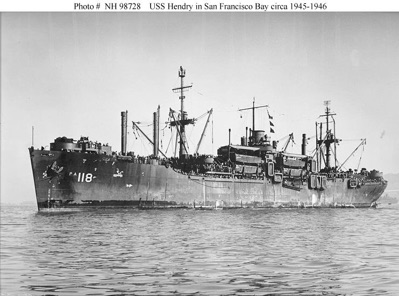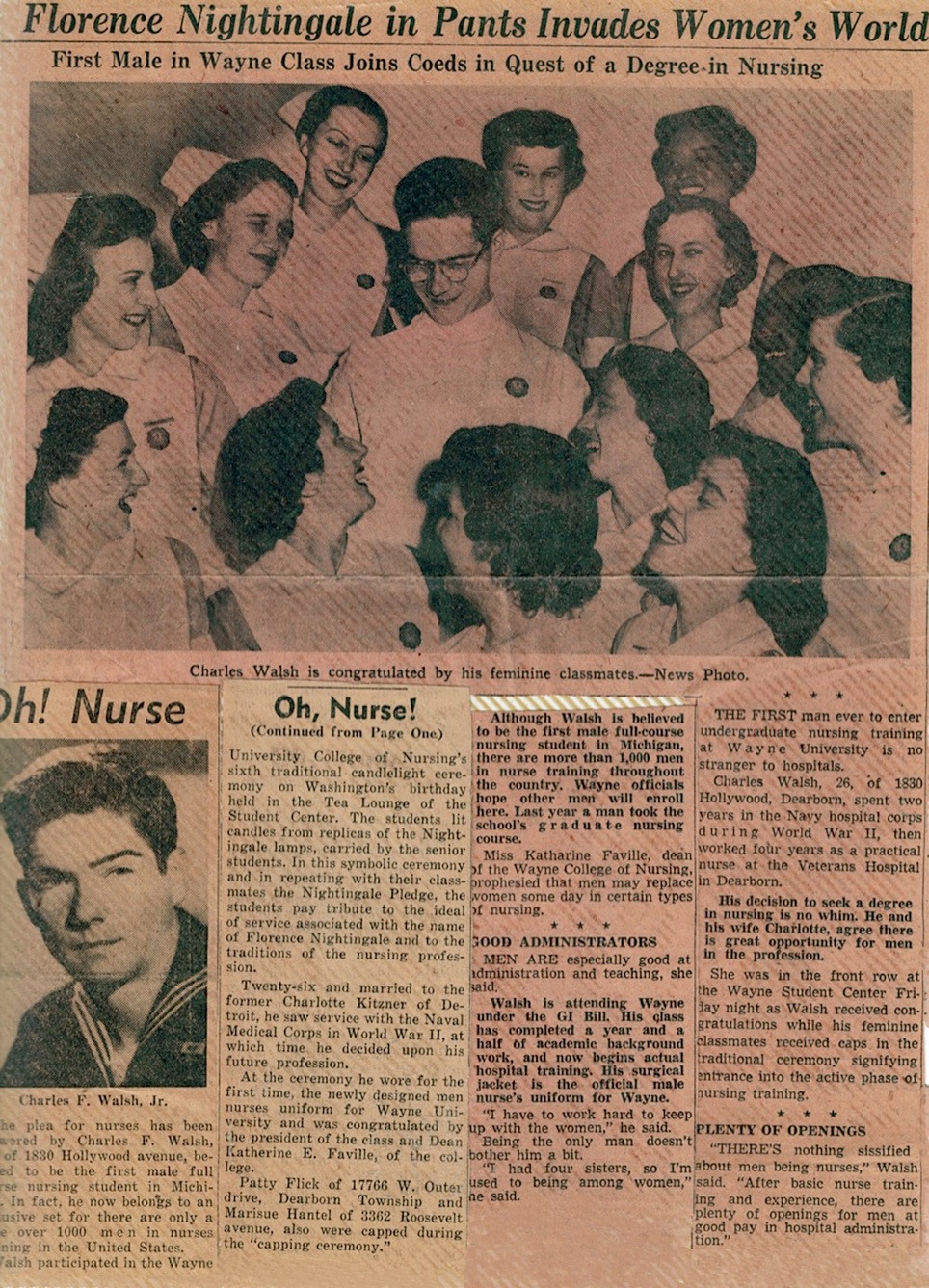Edward Llewellyn Schleif, Captain, USS Hendry, 22 August 1945 - 21 February 1946.

1925 UN Naval Academy Yearbook: Edward Llewellyn Schleif milwaukee, wisconsin " Llew " " Sergeant-Major " WHEN this hombre swings down the corridor with that seagoing roll (acquired in the cavalry) he looks rough as a file, hard as a juice exam, and as non-reg as the ship squad. In fact, his unconventional attitude towards the N. A. Regs and Bolshevik tendencies have given him plenty of publicity via the morning " pap " sheet a firm believer in the old slogan, " It pays to advertise. " And hard? Why he has all the plebes bluffed into thinking that he is the original armor-piercing projectile. This blood- thirsty pose, though, is only skin deep for he really has a very sweet and gentle disposition. " Llew " does not lay any claim to reptility and has broken away from the ranks of Red Mikes on but few occasions, always returning again to the fold. Some people say he is in love; we refuse to incriminate him. He answers that letter or so every day just the same, and at graduation wants to enter the Marine Corps — object, matrimony. He ad- mits that. If you want to hear a good yarn, ask him what he did in Philadelphia after the Army-Navy game youngster year. " Two bits_I hit the Dago tree. " Football (4, 2, 1); Varsity Numerals (2); Juice Gang (3, 2, 1); Masqueraders (3, 2, 1); Masqued N, Musical Clubs; Gymkhana. ”
USS Hendry (APA-118), 1944-1946
USS Hendry, one of 117 attack transports of the 6,873-ton Haskell-class, was built to a modified Victory ship design at Portland, Oregon, and was commissioned in September 1944, Captain R.C. Welles in command.

After the Japanese surrender, the Hendry embarked occupation troops in the Philippines, and delivered them to Nagoya, Japan. She then carried out a "Magic Carpet" voyage, returning troops from the Philippines to San Francisco. After a voyage to Pearl Harbor and back, the Hendry departed San Diego for the East Coast in January 1946. She was decommissioned at Norfolk in February, and in March she was delivered to the Maritime Commission, placed in its reserve fleet, and stricken from the Navy List. She was sold for scrapping in 1973.
